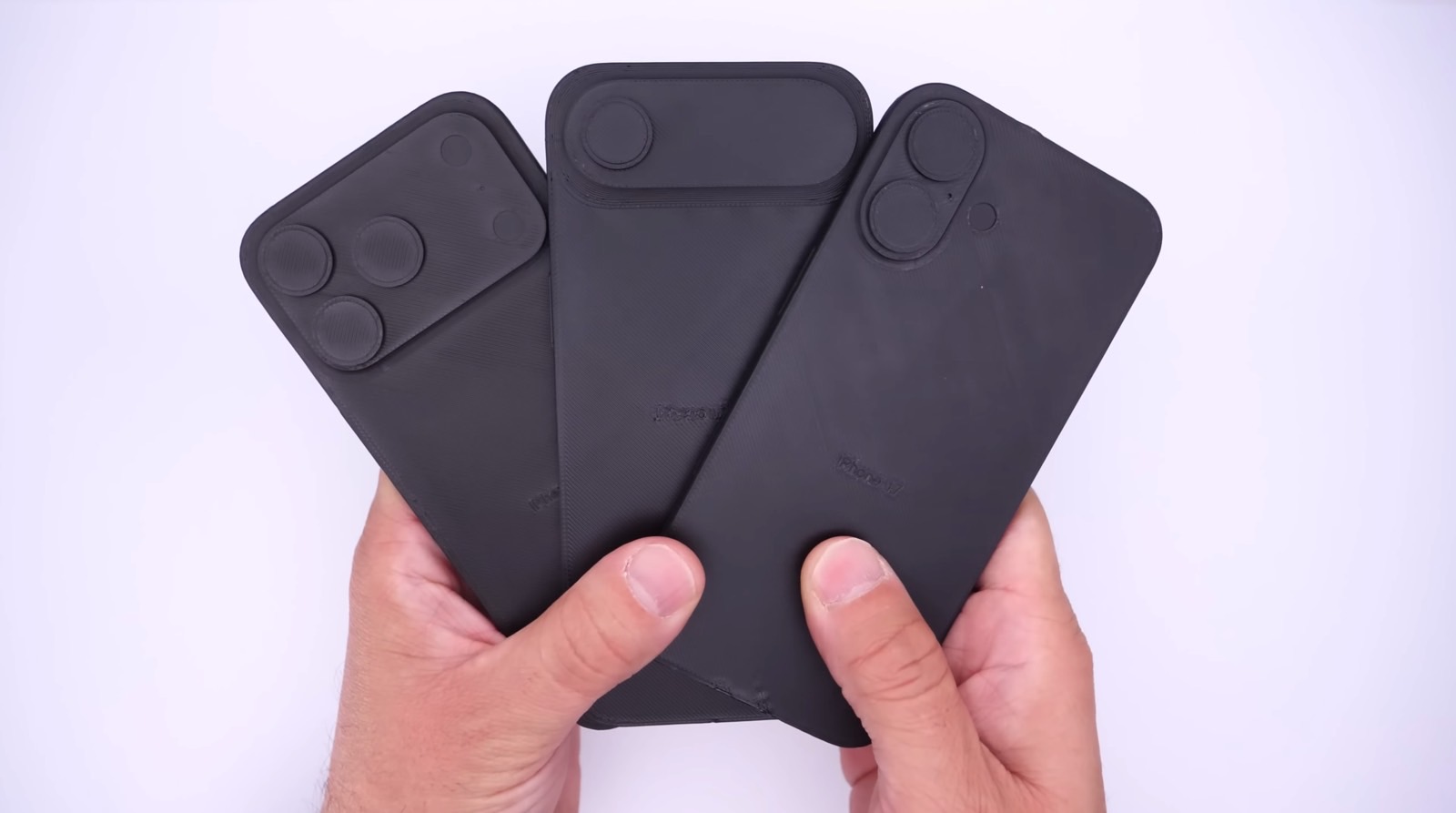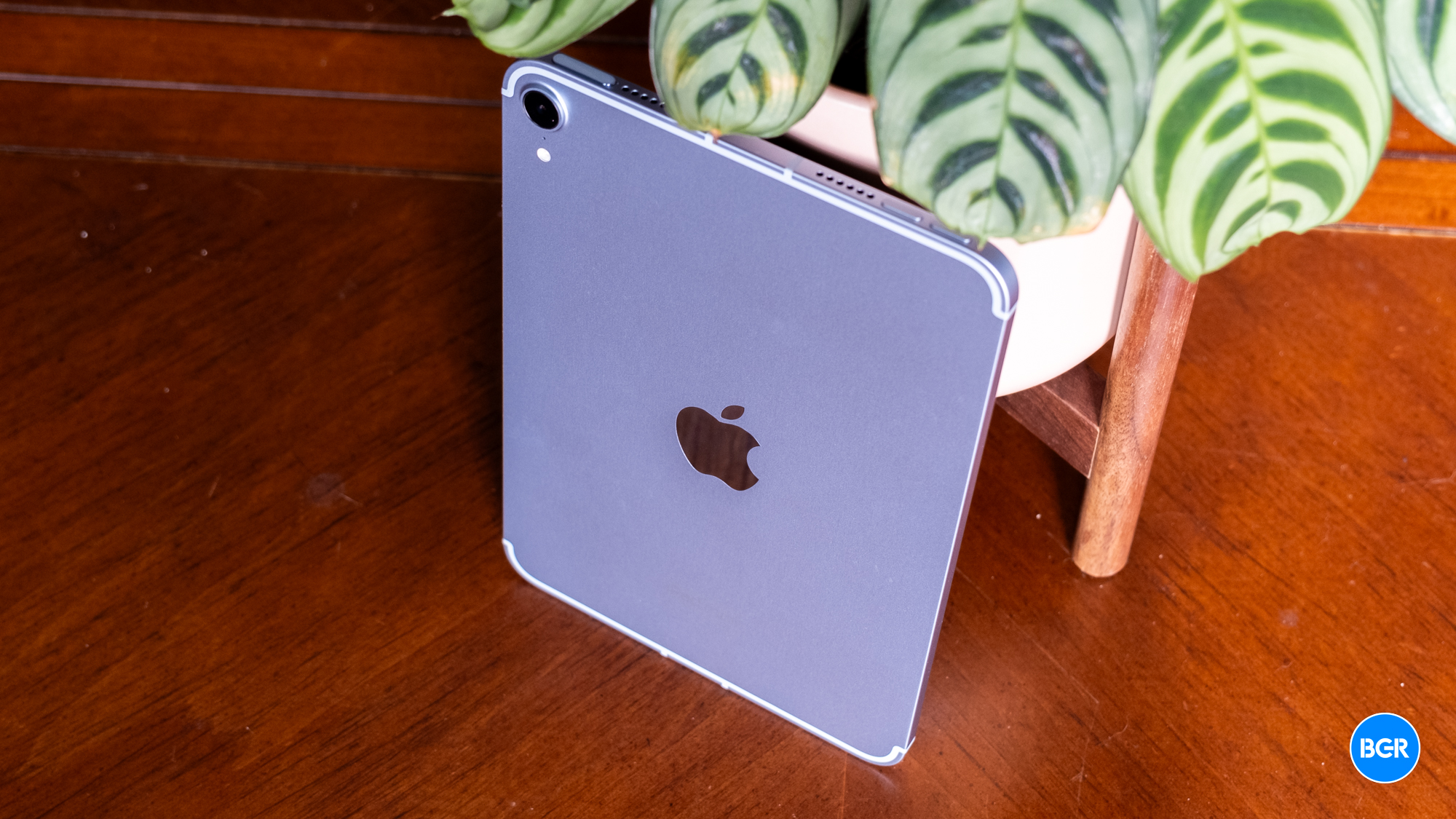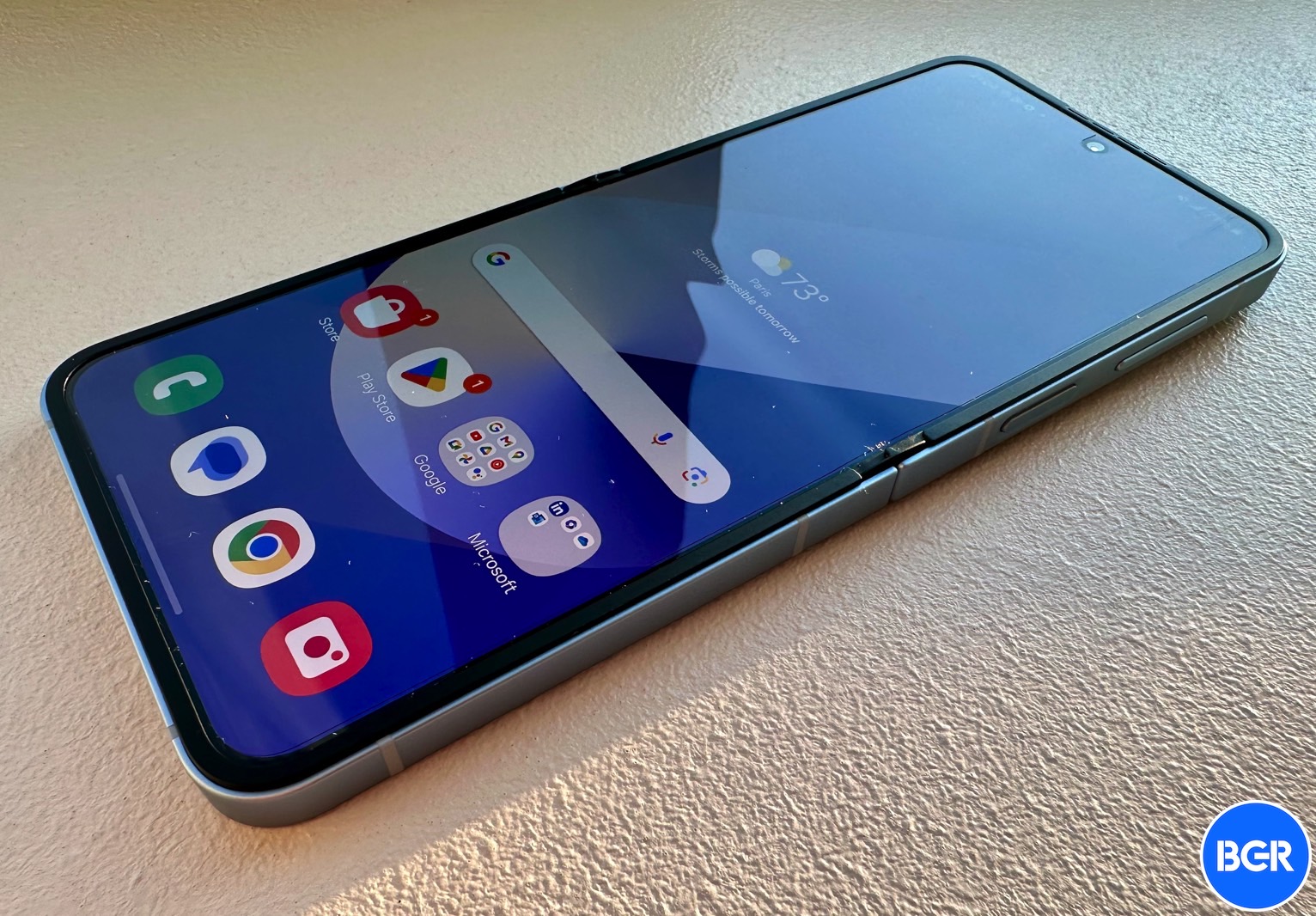I’ve been ready for Apple to make a foldable iPhone ever for the reason that first-generation Samsung Galaxy Z Fold, and it’s lastly occurring. Almost a decade after Samsung made its first foldable, Apple will launch the same book-style foldable iPhone. That’s subsequent 12 months, in keeping with most reviews, and we’re getting increasingly leaks that counsel the gadget’s launch is for certain.
Latest leaks detailing the foldable iPhone have talked about thrilling specs. The foldable iPhone needs to be very skinny and have a novel hinge mechanism stopping the show from creasing. In accordance with reviews, the disappearance of the crease is a prime precedence at Apple.
The foldable iPhone also needs to have a special facet ratio than the Galaxy Z Fold fashions. The display sizes that appeared in these reviews point out the foldable wouldn’t be as tall as different rivals, resembling an iPad mini when unfolded.
Lastly, reviews say the first-gen foldable iPhone may cost between $2,000 and $2,500. That’s greater than twice the value I’d pay for an iPhone Professional. It’s additionally costlier than the same old Fold-type foldable, which retails for beneath $2,000 earlier than trade-ins and offers.
Nonetheless, the value wouldn’t be the principle dealbreaker for me. A latest report from Ming-Chi Kuo mentioned the iPhone Fold may exchange Face ID with Contact ID. I’ll have used Face ID for practically ten years by the point the iPhone Fold launches. It’s one in every of my favourite iPhone options, and I can’t think about an iPhone expertise that lacks Face ID.
Too skinny for Face ID?
I’ve embraced Face ID for the reason that iPhone X got here out, and the characteristic has solely improved. Apple has lowered the dimensions of the Face ID notch after which turned it right into a Dynamic Island. Studies say the cutout might be lowered on the iPhone 17 Professional Max because of the introduction of metalens optics for the 3D face recognition digital camera. Within the not-too-distant future, Face ID elements will go beneath the show.
However Ming-Chi Kuo’s latest tackle the first-gen foldable iPhone reminds us of the large downside with Face ID that stops Apple from putting the sensor inside MacBooks. The Face ID module is simply too thick for the lid of MacBooks, nevertheless it suits within the iPhone and iPad, that are thicker.
Due to the ultra-thin M4 iPad Professional, we all know precisely how skinny a tool needs to be proper now for Apple to suit Face ID elements: 5.3mm. The iPhone 17 Air might be 5.5mm thick, reviews say. That needs to be sufficient to make sure there’s room in it for the Face ID elements.

However I’ll remind you of all of the leaks displaying the weird horizontal digital camera bar of the iPhone 17 Air. Like others, I feel the location of that digital camera bar is supposed to assist Apple match Face ID elements on the prime of the iPhone 17 Air.
Again to the iPhone Fold, the gadget is rumored to measure between 4.5mm and 4.8mm when unfolded. That may be too skinny for the Face ID digital camera. That’s why Apple may go for a Contact ID energy button much like what we’ve on non-Professional iPads and Samsung foldable telephones of all kinds.
Why I’d take Face ID over Contact ID any day
After years of not utilizing an iPad, I simply acquired an iPad mini 7. It’s the proper measurement for my wants, which revolve round content material consumption. It’s mild and simple to hold round, and it already provides me an concept of what a foldable iPhone may really feel like.
The iPad mini 7 has a Contact ID energy button, which I configured as quickly as I took it out of the field. However I always discover myself dreading to make use of it. Contact ID in a facet button is tougher to make use of than Contact ID within the dwelling button. It doesn’t “simply work.”
You must make sure you contact the button appropriately, or the sensor will fail to unlock the display. In these previous few weeks, I discovered myself typing within the PIN code extra occasions than I anticipated. It’s extremely irritating. And sure, I’m in all probability holding it incorrect.

This isn’t nearly unlocking the display. I exploit Face ID to log into apps on the iPhone, and it’s a course of that simply works. It’s virtually passive authentication. I’m logged by simply wanting on the display proper after launching an app. I like it.
Given my Contact ID points on the iPad mini 7, I’m fearful about counting on Contact ID on an ultra-thin foldable telephone the place the contact sensor may be even smaller.
I’ve had comparable points with Samsung’s Galaxy Z Flip 6, which has a fingerprint sensor on the facet. Conversely, if Apple made an iPhone Flip-type gadget, it could possibly be thick sufficient to suit present Face ID modules.
I’ll additionally level out that Samsung telephones do have face authentication, however not the 3D type.
Yet another concern
I will even level out rumors that say the foldable iPad/Mac coming in 2027 can have Face ID assist. However that gadget is more likely to be thicker than the foldable iPhone.
Hopefully, Apple will handle to scale back the thickness of the Face ID module to suit it contained in the foldable iPhone. It could possibly be a kind of good improvements solely Apple would pull off. Keep in mind that rivals have probably not been capable of replicate Face ID, although some Android distributors have tried. Face ID tech isn’t precisely low-cost or extensively out there.

However there’s one other downside when contemplating Face ID for foldable iPhones. The place do you place the sensor? On the duvet display or the foldable show? Or do you employ two of them?
A Face ID sensor on the duvet display would make it straightforward to unlock the show whether or not you unfold the telephone or not. However should you plan on utilizing Face ID to authenticate in apps when the display is unfolded, you want Face ID on the within. A foldable iPad/Mac gadget wouldn’t characteristic a canopy show.
By this time subsequent 12 months, we’ll get much more iPhone Fold rumors and hopefully study whether or not Face ID is coming to the first-gen foldable iPhone.














